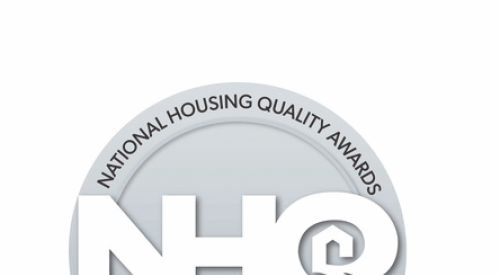A UK study of those using the ISO9001 Quality Management System in the construction industry had a number of interesting findings that provide key lessons.
The top reason for implementation was increased profits and performance and 20% have shown that they actually achieved significant improvements. The interesting thing is that 50% of the respondents didn’t monitor any data during or after implementation and so they have no performance data on the impact of quality on their business!
71% of respondents stated that their expectations were too high and not based on any meaningful benchmarks for what the impacts of quality should be. Of course 50% had nothing to measure their expectations against anyway. For many this was the start of problems in implementing and sustaining quality. The problems in implementation included leadership commitment and support 54.5%, knowledge/experience 23.2% and communication 13.1%.
Leadership was a major failing since there was little planning for implementation with strategies and objectives not developed to create a framework or set goals for quality. There was also a lack of understanding of quality concepts within the industry which created further problems. With limited commitment to implementation and little data to show its impact it’s not hard to see why some have difficulty sustaining a successful quality program. But let’s face it, was that the problem of the quality tools and techniques?
Despite problems in implementation and initially sustaining quality, the experience of quality resulted in 25% said they will continue their quality program while 75% will continue to develop and expand their program.
There are two key lessons. One is that once implemented quality creates such impacts on the bottom-line that management become committed to continue to support it. The second is that planning and thought prior to implementation is essential to make implementation successful and to ensure that quality can impact the organizations strategic goals. It is also critical that the measuring and monitoring of key processes are conducted before, during and after implementation. This will ensure that the impact of quality can be clearly understood.











